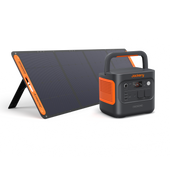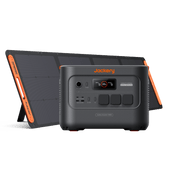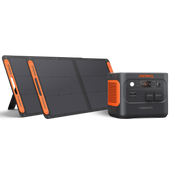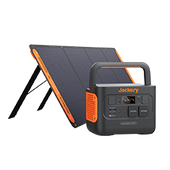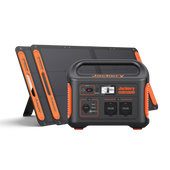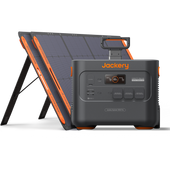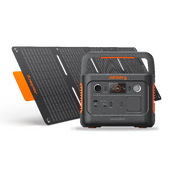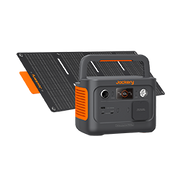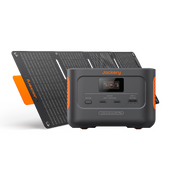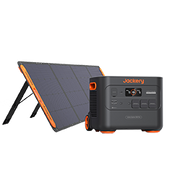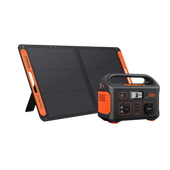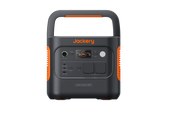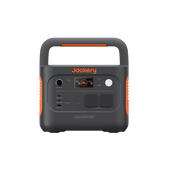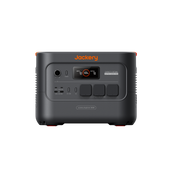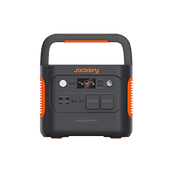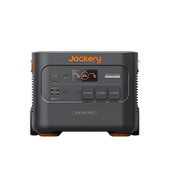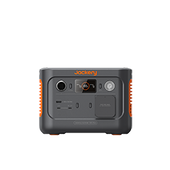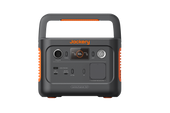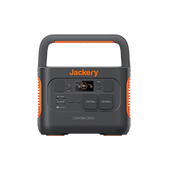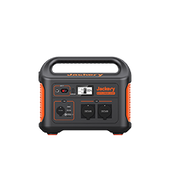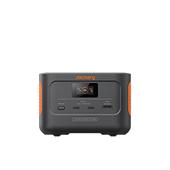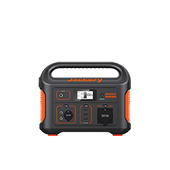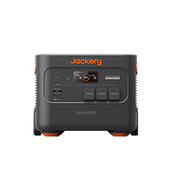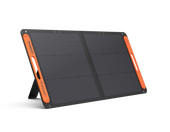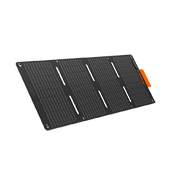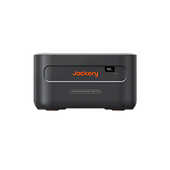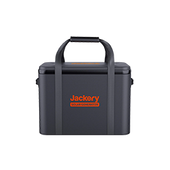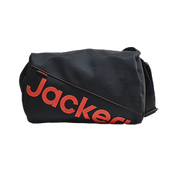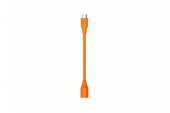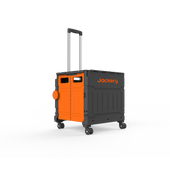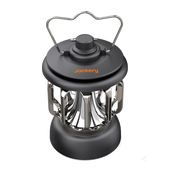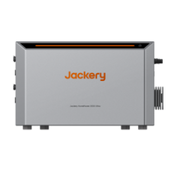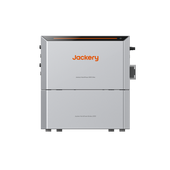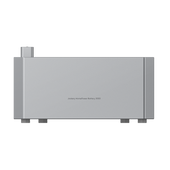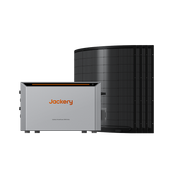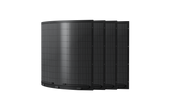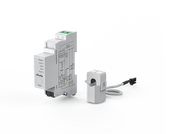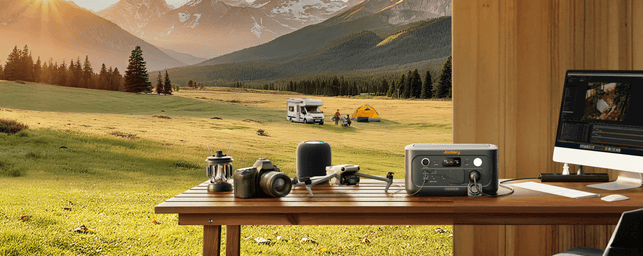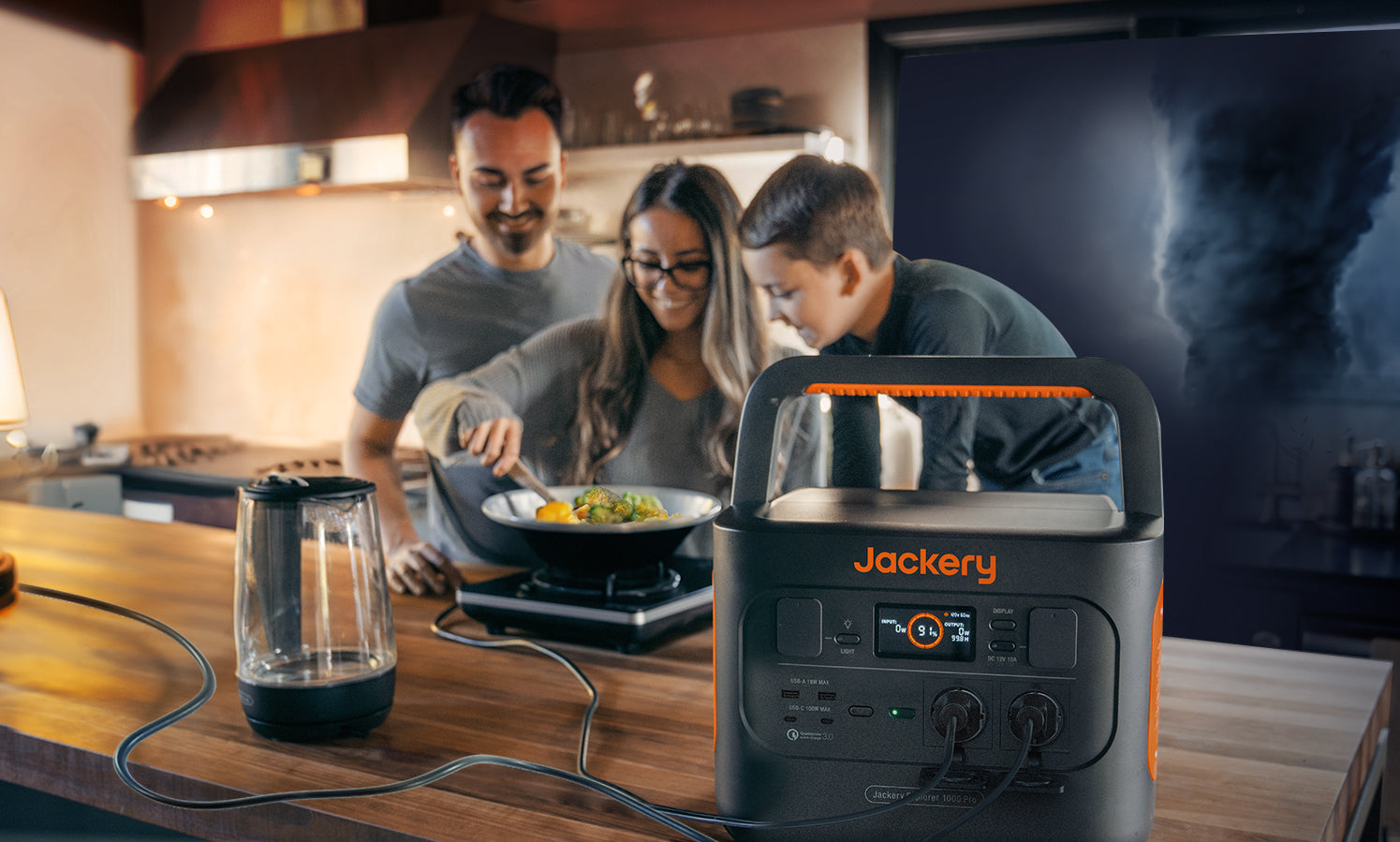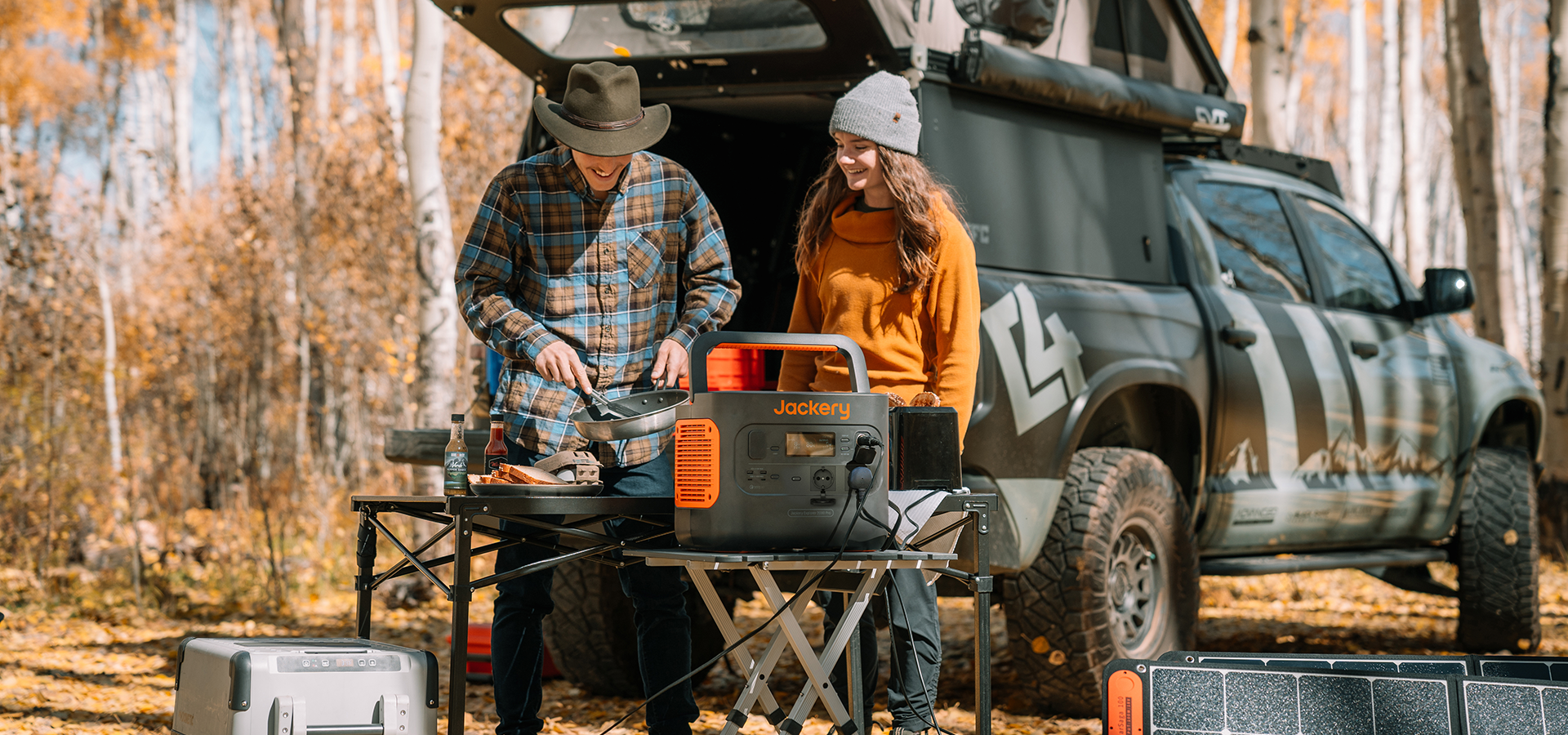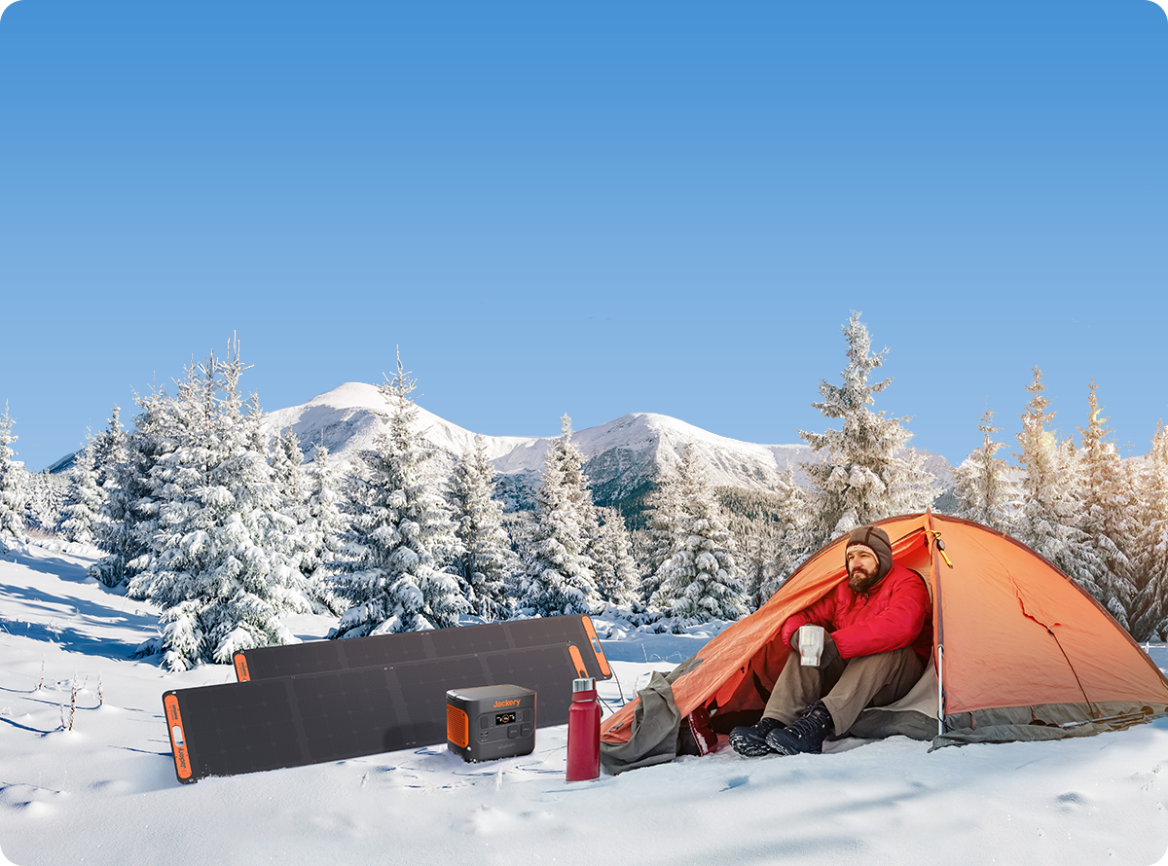What is the Aurora?
Aurora, or Aurora Borealis, are actually Northern lights that illuminate the sky and can be seen in high-latitude regions, such as the Arctic and Antarctic. They appear in brilliant patterns ranging from rays to spirals and even mesmerizing flickers.
How Does the Aurora Happen in the Sky?
You will be surprised to know that even though the Auroras are visible at night, they are actually caused by the sun. Yes, it's true! There are instances when the sun sends solar storms as well as solar winds. They carry with them not only light and heat but also energy and some other electrified solar particles.
When a solar storm, like a coronal mass ejection, hits the earth's surface, some of its energy and solar particles travel down the magnetic field lines of the southern and northern poles.
They enter the earth's atmosphere, interact with gases, and give off unique colors. For instance, if they interact with Oxygen, you see green and red light. But on interaction with nitrogen, the sky glows blue and purple. Just pack your essentials like warm clothing and a reliable power station and go to any EU country like Iceland to witness nature's most surreal phenomenon.
Types of Auroras
The Auroras are visible in different types, such as Arc, Drapery, and Corona, and even diffuse Auroras. Let's discuss them in detail:
- Arc Auroras: Arc Auroras have long curves that stretch from horizon to horizon. They are typically seen during low solar activity and have a bright green color that captures the hearts of viewers.
- Drapery Auroras: As the name suggests, drapery auroras look like curtains of light hanging in the sky. They move in the air as if the curtain moves due to wind and appear in blue, purple, and red.
- Corona Auroras: Corona Auroras are quite rare and have the shape of a converging crown. You can see them during intense solar activity, and their color range is vast, including white, purple, and blue.
- Diffuse Auroras: Diffuse Auroras appear as hazy patches rather than a defined shape and are more faint than other types of Auroras. They are white or pale green, and you need specialized equipment to see them clearly.
Myths and Legends
So, what are the myths and legends associated with the stunning Auroras? Here's an overview:
- Gift from the Gods Above
Many cultures in the past have attributed Auroras to divine beings and consider them a gift from God or a sigh of blessing. For instance, Vikings celebrated the Northern Lights whenever their soldiers were fallen or killed.
They took it as a sign that their God Odin had sent Valkyries, women warriors riding horses from the sky, to take the warrior's soul to Valhalla. The lights were considered the reflection of the armor that the Valkyries carried while coming down the sky.
However, other Nordic legends claim that the Aurora lights actually depict the last breath of the dead soldier. Some American tribes, like the Cree Indians, believed that these lights were the spirits of the dead people who tried to communicate with their loved ones on earth.
- Carry Hidden Dangers
While many people considered Aurora lights a good omen, some cultures feared and respected these Northern lights. For the Sami, the famous Finno-Ugric people, the Auroras weren't to tell the stories of heroes but were the souls of the dead.
They believed that the souls of all the people who have died come together to illuminate the sky. Especially when it was red in color, it was an example of bloodshed.
- Play a Role in Childbirth
Some ancient people, like Icelandic Folklore, suggested that the appearance of Auroras was a relief for pregnant women as they believed them to be helpful in childbirth.
They were said to ease the pain of childbirth, but this powerful phenomenon has had its impacts. Pregnant women were warned not to look at the Aurora lights in any condition, or they would have a cross-eyed child.
When and Where to Go, Aurora Hunting
Are you planning to go to Aurora Hunting with your friends or family? Here's detailed information about the best time to visit and the top locations where the lights peak:
Best Times for Aurora Viewing
The best time to watch the Auroras is during winter. You can plan your trip anytime between September and late March, preferably when the weather is clear and no clouds are expected.
You can view them anytime between 10:00 PM and 2:00 AM. Just make sure the area you choose has little to no air pollution, and watch from a height, like a hill, for better views.
Top Locations in Europe for Viewing Aurora
Here's a list of locations in different European countries where you can view Aurora Borealis:
- Norway
Norway is a quite narrow country in Europe and is one of the ideal spots for Aurora hunting. You can go to the City of Tromsø and reach the Lyngen Alps to catch a glimpse of the Northern lights. Lofoten is another small place in Norway with minimal light pollution, allowing you to see the lights in all their glory.
- Finland
If you are in Finland, don't miss out on the beauty of the Northern Lights. Typically, the entire Arctic Circle is popular for witnessing the magical lights.
If you are in the capital, Helsinki, you might be able to catch a glimpse of the pretty skies. However, for better views, it's suggested that you pack your essentials and head to Lapland in northern Finland.
- Sweden
Sweden is a Nordic country and an ideal spot to see the Auroras. For instance, you can travel to the North of Sweden to Abisko National Park, which serves as the Aurora Sky Station.
There's a chairlift that takes you to the observation tower, 3000 ft. above sea level, where the colorful sky awes you.
You may also visit Kiruna, Swedish Lapland, where glistening lakes and dark forests enhance the beauty of the Northern Lights.
- Iceland
Iceland is the last spot on our list to view the beauty of the Auroras. To see the dynamic green lights, you can go to the Jökulsárlón Glacier Lagoon.
This place is captivating, with Diamond Beach and an iceberg, and when the light shows up, nothing can come close to it.
It doesn't matter which location you choose to visit; just don't forget to carry a power station with you for an uninterrupted energy supply that can enhance the overall trip experience.

Essential Gear for Aurora Hunting
All set to go Aurora hunting? Here are the essential gears that you should carry for a smooth trip:
Clothing and Accessories
The Northern lights illuminated the sky in winter, which can be quite freezing in Europe. Therefore, you must carry some warm clothing for proper insulation that keeps you warm and prevents hypothermia. The following are the things that you should carry:
- Thermal Wear: Thermal wear serves as the first layer of defense against the cold. For instance, you can opt for tops and bottoms made from merino wool or polyester. They trap your body heat, keeping you away from sweat and preventing chill and dampness.
- Waterproof Outer Layers:You should also carry waterproof outer layers, such as jackets or pants, to protect yourself against rain and strong winds so you can comfortably enjoy the Northern lights without any issues.
Camera and Photography Gear
Capturing the beauty of the Aurora lights requires a high-resolution camera and other photography gear like:
- Tripods:Invest in a sturdy tripod that keeps your camera still, preventing blur in your photos caused by shaky hands or long exposures.
- Lenses:Use wide-angle lenses with fast apertures to capture the vast expanse of the sky, perfect for shooting in dark conditions.
Here are the tips that you must follow to effectively capture the Northern lights:
- Firstly, adjust your manual focus by using a star as a reference point in the night sky.
- If the Auroras are bright and fast-moving, use a 5 to 10-second shutter speed. However, for slower-moving Auroras, you can try 10 to 20 seconds of speed.
- Also, set your aperture to at least f/4 to allow enough light to capture Auroras in their full beauty; don't go below f/2.8 to avoid noise or distortion in images.
Power Stations and Other Equipment
Most importantly, you should carry a power station with you when going to explore the Northern Lights.
A portable power station charges your devices, including your camera, laptop, and phone, in remote locations in Sweden, Iceland, or other European countries.
You don't have to worry about losing your connection to the outer world or not getting to capture the Auroras. Some additional gear that you should take include:
- Headlamps:Headlamps are a must when you are going to see the Northern lights, as they help you navigate the dark with ease.
- Binuclear: Auroras are visible to the naked eye; however, when there's a diffuse Aurora, you may have to use binoculars for a clear and detailed view.
Jackery Power Stations: Your Reliable Companion
When it comes to providing high-quality portable power stations, Jackery is unbeatable. Here are some powerstation lifepo4 options that you can trust for your Aurora hunting adventure:
Jackery Explorer 300 Plus Portable Power Station
The first option is the Jackery Explorer 300 Plus Portable Power Station, which has a 300W AC Pure Sine Wave Inverter (with 600W surge peak) and offers 288Wh capacity. It can power up to 4 devices at once using its versatile output options, which include 1 AC outlet, 1 USB-A port, and 1 USB-C port.
Weighing only 3.75kg, this power station is extremely easy to be carried with. Charging this portable power station is also a breeze. You can easily have it fully powered up in 2 hours using a wall outlet or in 4 hours with one SolarSaga 200W solar panel.
It also includes an incredible Battery Management System (BMS) to protect your battery against damage. The 45 dB noise level ensures the power bank station runs quietly without disturbing the tranquillity of the Northern lights.
Jackery Explorer 500 Portable Power Station
Next, we have the Jackery Explorer 500 Portable Power Station, which has a massive battery capacity of 518Wh and can power everything from small appliances to major electronics.
It features 1 AC outlet, 2 DC ports, 1 carport, and 3 USB-A ports, which allow the power station to run almost everything in your Aurora hunting. What truly makes this device worth the investment for your Northern Lights adventure is that even after 800 charge cycles, the battery retains 80% of its capacity.
The noise-free operation at 46 dB provides a peaceful Aurora viewing experience, while the MPPT technology enhances solar charging efficiency, making it a reliable power source.

Conclusion
Aurora hunting is an event worth careful preparation; however, finding the right portable power solution for Aurora hunting can be quite challenging. Nonetheless, Jackery makes this easy for you with an extensive range of affordable yet reliable solar generators and portable power stations.
You can opt for products like the Jackery Explorer 300 Plus Portable Power Station or the Jackery Explorer 500 Portable Power Station. Both are lightweight and portable and have ample capacity to charge your electronics and essential gear.
Get in touch with us today and make your Northern Lights viewing adventure smooth and sustainable!

